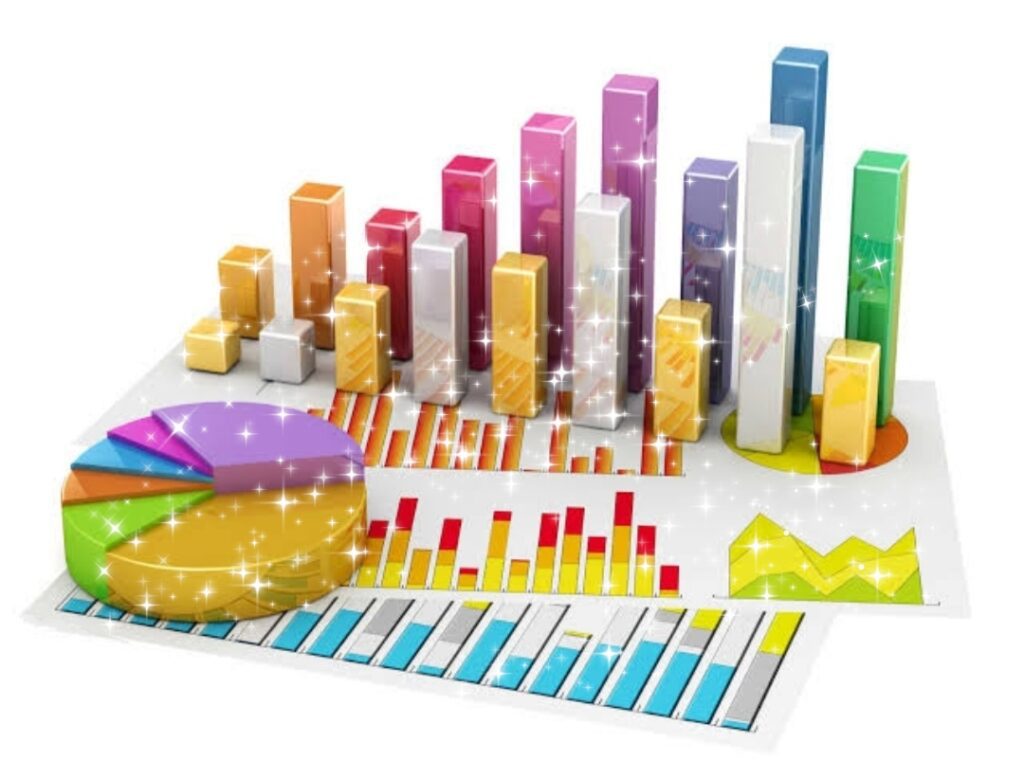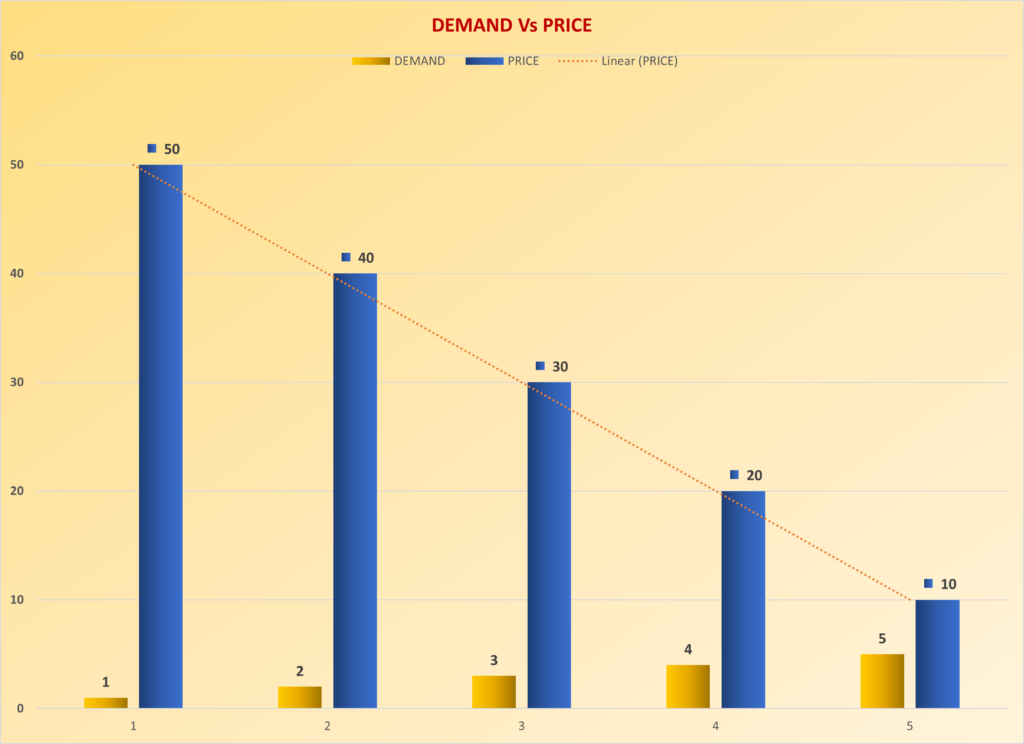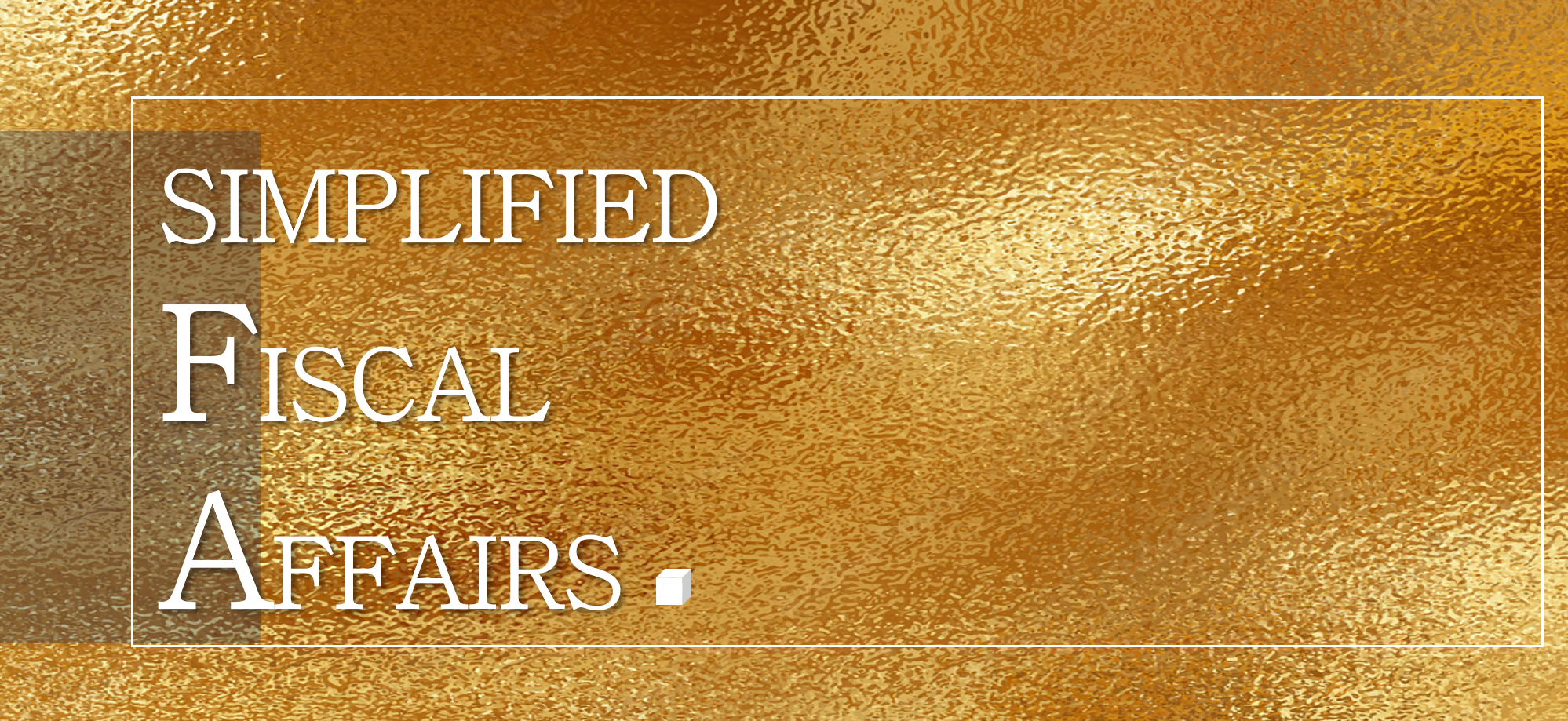
WHAT IS DEMAND?
- Demand Analysis is concerned with consumer behaviour.
- Demand means a desire. Demand is a want which needs to be fulfilled. It is an urge to have something.
- In Economics, demand means a desire which is backed by willingness and ability to pay.
- For example, if an individual has the desire to purchase a car but does not have the adequate purchasing power then it will be simply considered as a desire and not a demand.
- DEMAND = WILLINGNESS + ABILITY TO PAY
According to Benham, “the demand for anything at a given price is the amount of it, which will be bought per unit of time at that price”.
Thus, the following are the features of demand:1. Demand is a relative concept.2. Demand is essentially expressed with reference to time and price.
- There exists an inverse relationship between price and quantity demanded. It is observed that less quantity of a commodity is demanded at rising prices and more quantity of commodity is demanded at falling prices.

TYPES:
1. Direct demand: It is the demand which cater to the direct consumption needs of the consumer. This is the demand for consumer goods. For example: clothing, groceries.
2. Indirect demand: It is also known as derived demand. It represents demand for goods which are required for further production activities. For example: raw materials.
3. Competitive demand: It is the demand for those goods which are exactly substitute for each other. For example: sugar or jaggery, tea or coffee.
4. Joint demand: This demand occurs when two or more goods are demanded together to satisfy a single want. For example: car and fuel.
5. Composite demand: Demand for a product which has multiple uses, it can be put to several uses is known as composite demand. For example: electricity is required to fulfill several purposes such as light, fan, washing machine and various electronic appliances.

DETERMINANTS:
1. Price: The price of any given commodity determines its demand to a great extent. Consumers prefer to purchase a product in relatively large quantities when price of a product is less and purchase a product in small quantities when price of a product is high. There is an inverse relationship between demand of a commodity and the price.
2. Income: Income is the purchasing power of the consumer which decides the demand for a commodity. Rise in income will lead to a rise in demand and a fall in income will lead to a fall in demand for the commodity. Hence, there is an inverse or a negative relationship between income and price of a commodity.
3. Anticipation: If a consumer expects the price to decrease in future he or she will buy less in the present at the prevailing prices. On the other hand, if he or she expects the price to rise in future there will be more purchase at the current price.
4. Advertisement: Effective advertisements, sales promotion tend to change the preferences of the consumers and lead to demand for many products.
5. Tastes, preferences: Tastes and habits of a consumer influence the demand for a commodity. If a consumer likes to consume chocolates or tea he or she will demand more of it. For example; when a new fashion hits the market the consumer demands that particular type of commodity, similarly, if it goes out of fashion then suddenly the demand for the commodity falls.
6. Level of taxation: High levels of taxation on goods or services lead to increase in the price of these goods or services. This, in turn, would result in the decrease in demand.
7. Demographic variables: Larger the size of the population, greater will be the demand for a commodity and smaller the size of population smaller will be the demand for a commodity.
8. Nature of a product: If a commodity is a necessity and its use cannot be avoided, its demand will continue to be the same irrespective of the prevailing market prices. For example; medicines.
9. Prices of substitute goods: If a substitute good is available at a lower price then consumers will demand cheaper substitute good than the costly good. For example; if the price of tea rises, the demand for coffee rises.
10. Price of complementary goods: Change in the price of one commodity will also affect the demand for other commodity. For example; Car and fuel. If the price of fuel rises than demand for the cars will fall considerably.

THE LAW OF DEMAND:
Introduction:
The law of demand was introduced by professor Alfred Marshall in his book, “Principles of Economics” which was published in 1890. The law of demand explains the functional relationship between price and quantity demanded.
Statement of the Law:
According to professor Alfred Marshall, “Other things being equal, higher the price of a commodity, smaller is the quantity demanded and lower the price of a commodity, larger is the quantity demanded.”
In simple words other factors remaining constant, if the price of a commodity rises, demand for it falls and when price of a commodity falls demand for the commodity rises. There is an inverse or negative relationship between price and demand.
Demand Curve

When the price of the commodity is 50, quantity demanded is 1 kg. When the price falls from 50 to 40, quantity demanded rises from 1 kg to 2 kgs. Likewise, at price 30, quantity demanded is 3 kgs and when price further false from rupees 20 to 10, quantity demanded rises from 4 kgs to 5 kgs.
Hence, there is an inverse relationship or negative relationship between price and quantity demanded. As the price of the commodity rises, quantity demanded falls and when the price of the commodity falls, quantity demanded rises. The demand curve slopes downward from left to right indicating an inverse relationship between price and quantity demanded.
Assumptions of The Law of Demand:
- Constant level of income: It is assumed that the level of income of the consumers remain constant. If there is rise in income, people may demand more at a given price.
- Constant demographic variables: It is assumed that the size of population remains unchanged. Any changes in the demographic variable affects the demand of the nation significantly.
- Prices of substitute give goods remain constant: It is assumed that the prices of substitute goods remain unchanged.
- Prices of complementary goods remain constant: It is assumed that the prices of complementary goods remain unchanged because a change in the price of one good will affect the demand for the other considerably.
- No estimations about future prices: It is assumed that consumers do not expect any further change in price in the near future.
- Tastes, habits, preferences remain constant: Any change in these factors will lead to changes in the effective demand, hence it is assumed to be constant.
- Constant taxation policy: The taxation policy prevalent within the nation has a significant impact on demand for various goods and services. Hence, it is assumed that there are no changes in the policy of taxation.

Exceptions to the Law of Demand:
Certain factors in which the law of demand does not apply or hold true. It means under exceptional situations consumer may demand more when the price of the commodity rises and demand less when price of the commodity falls.Here, the demand curve slopes upwards from left to right.
1. Giffen’s paradox: There are certain goods whose demand does not rise even if their price falls. Sir Robert Giffen, observed this behaviour in England in relation to bread. He noted that when the prices of bread declined people did not buy it, they would prefer to buy meat, which is superior to bread because of an increase in their purchasing power. They preferred to purchase superior good like meat. This is known as Giffen’s paradox.
2. Prestige goods: Prestigious goods like diamond, gold, precious materials are status symbol. People prefer to buy it even if the prices are high.
3. Negligence: At times, due to negligence people may buy more of a commodity at a high price. This happens when a consumer is unaware of the current prevailing prices of the commodity at other places.
4. Speculation: There are certain exceptions to the law of demand, as the law of demand does not hold true when people expect prices to still rise further. People in anticipation of prices to rise further, demand more of it. For example: prices of oil, sugar are expected to rise during the festivals.
5. Certain preconceived notions: People usually have an assumption that high priced goods are of a better quality. For example: branded products



